As the climate crisis devastates the world, and particularly Canada, where the capital of the Northwest Territories, Yellowknife as well as six other communities, are under evacuation order, while BC, and especially Kelowna, are in flames, and the first hurricane ever to hit California is rapidly approaching that state because the Pacific Ocean is warming enough to now support hurricanes, the fossilized Pathways Alliance of fossil fuel companies, Suncor Energy, Imperial Oil, Cenovus Energy, ConocoPhillips, Canadian Natural Resources and MEG Energy, greenwash the source of the problem with “Let’s clear the air” commercials meant to sooth our troubled minds. Part of its plan is to reduce greenhouse gas emissions by 30% using Carbon Capture and Storage (CCS), which has never been able to be anywhere near the order of magnitude required for such a reduction. Pathways is being investigated by the Competitio Bureau of Canada for misleading ads. Hmm, I wonder what is misleading about them.
Fossil fuel industry "Let's Clear the Air" Commercial Greenwashing
When one of Canada’s most influential oil lobby groups set out to cleanse its image of an industry proven to drive global heating, it designed a splashy advertising offensive to change public perception.
In the ads, the six oilsands majors that make up the Pathways Alliance — Suncor Energy, Imperial Oil, Cenovus Energy, ConocoPhillips, Canadian Natural Resources and MEG Energy — present themselves as on a mission to play their part in an era of decarbonization.
To spread the word, the alliance grabbed some premiere advertising spots. “Let’s clear the air” commercials played during the FIFA World Cup, Australian Open, 2023 Super Bowl and even on airplanes before takeoff, as anyone flying on Air Canada recently can attest. Those ads show oil and gas workers bathed in soft light, walking to the sound of optimistic music with a forest behind them, as a narrator readily admits oil production creates carbon emissions, and it’s time to do something about it.
The Pathways Alliance was officially launched in June 2021 with the goal of reaching net-zero emissions in members’ operations by 2050. That net-zero goal refers exclusively to the fraction of emissions associated with extracting fossil fuels. It doesn’t factor in the vast majority of emissions that occur when the fuel is burned. Nonetheless, to pull off this net-zero goal, the Pathways Alliance is proposing a multibillion-dollar carbon capture, utilization and storage project to trap carbon dioxide emissions from its operations and pipe them through a massive trunkline to a storage hub.
The alliance has a goal to cut 22 million tonnes of CO2 emissions by 2030, representing roughly 30 per cent of the sector’s acknowledged emissions, and saysthis plan could contribute to about half of that 22 million tonne target. (Recent research suggests the industry is underreporting its emissions, which could be 31 million tonnes higher than stated.) But that emission reduction estimate is based on the technology performing far better than it ever has, and if production is allowed to grow simultaneously, the planet-scorching greenhouse gas emissions reaching the atmosphere could continue to grow, undermining any emission reductions the alliance achieves per barrel of oil.
The Pathways Alliance’s splashy advertising push has eclipsed that of the country’s other major fossil lobby group: the Canadian Association of Petroleum Producers (CAPP). While the Pathways Alliance has spent significantly on a public relations campaign, CAPP’s profile is waning and its spending on Facebook and Instagram ads is dramatically lower than its Pathways counterparts.
It is not known how much the Pathways Alliance has spent on the “Let's clear the air” campaign, but it has spent over $500,000 on Facebook advertising alone, and is currently under investigation from Competition Bureau Canada for allegedly misleading the public about its net-zero claims. In the past 90 days or so, the Pathways Alliance has spent approximately $120,000 on advertisements on Facebook and Instagram, compared to about $20,000 CAPP has spent over that same period.
https://www.nationalobserver.com/2023/07/20/analysis/advertising-blitz-b...







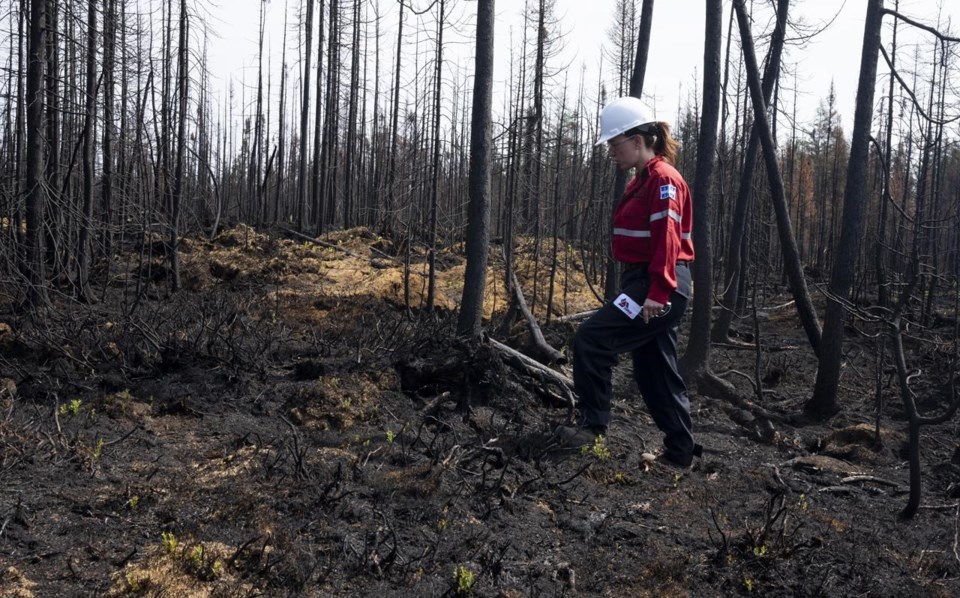

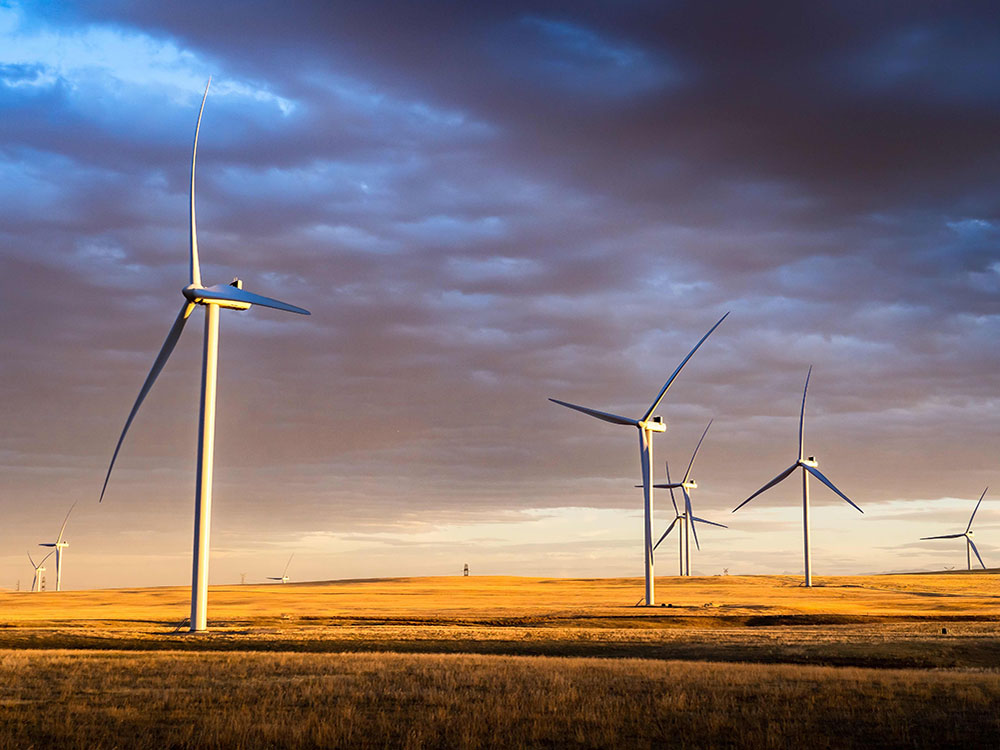
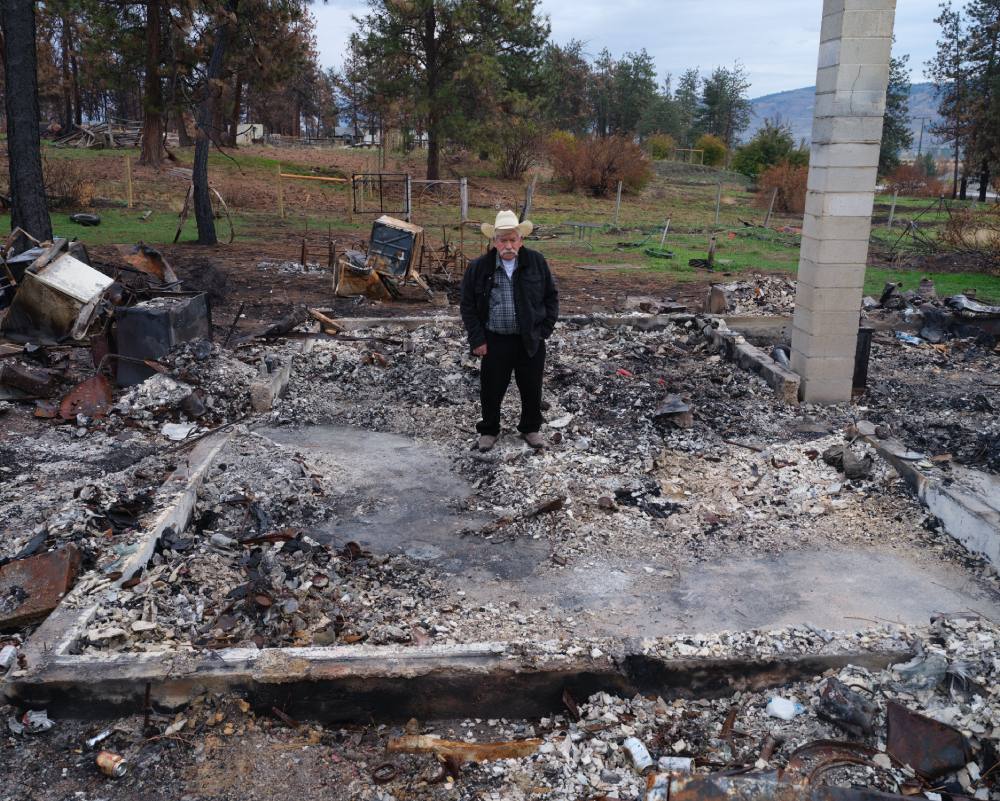


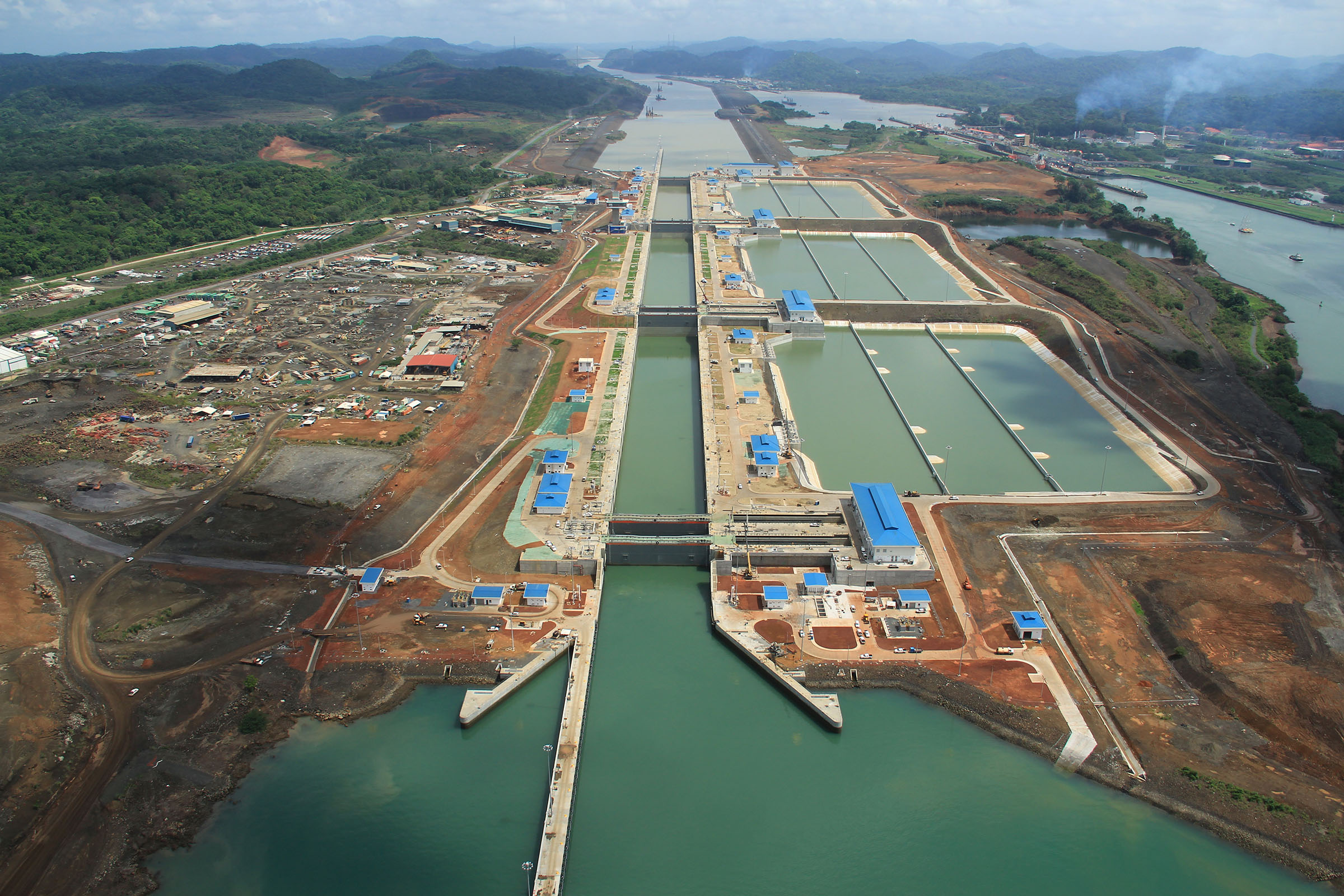










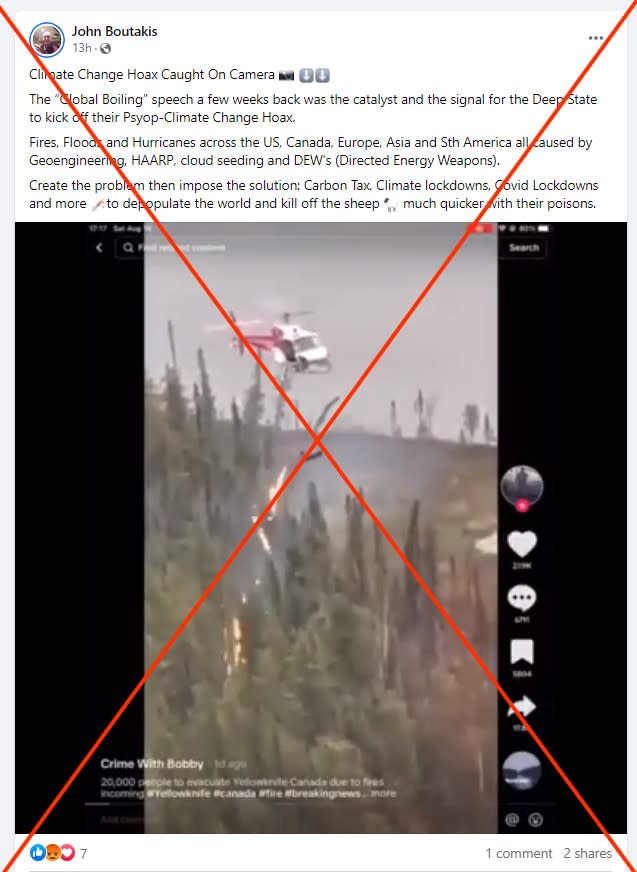
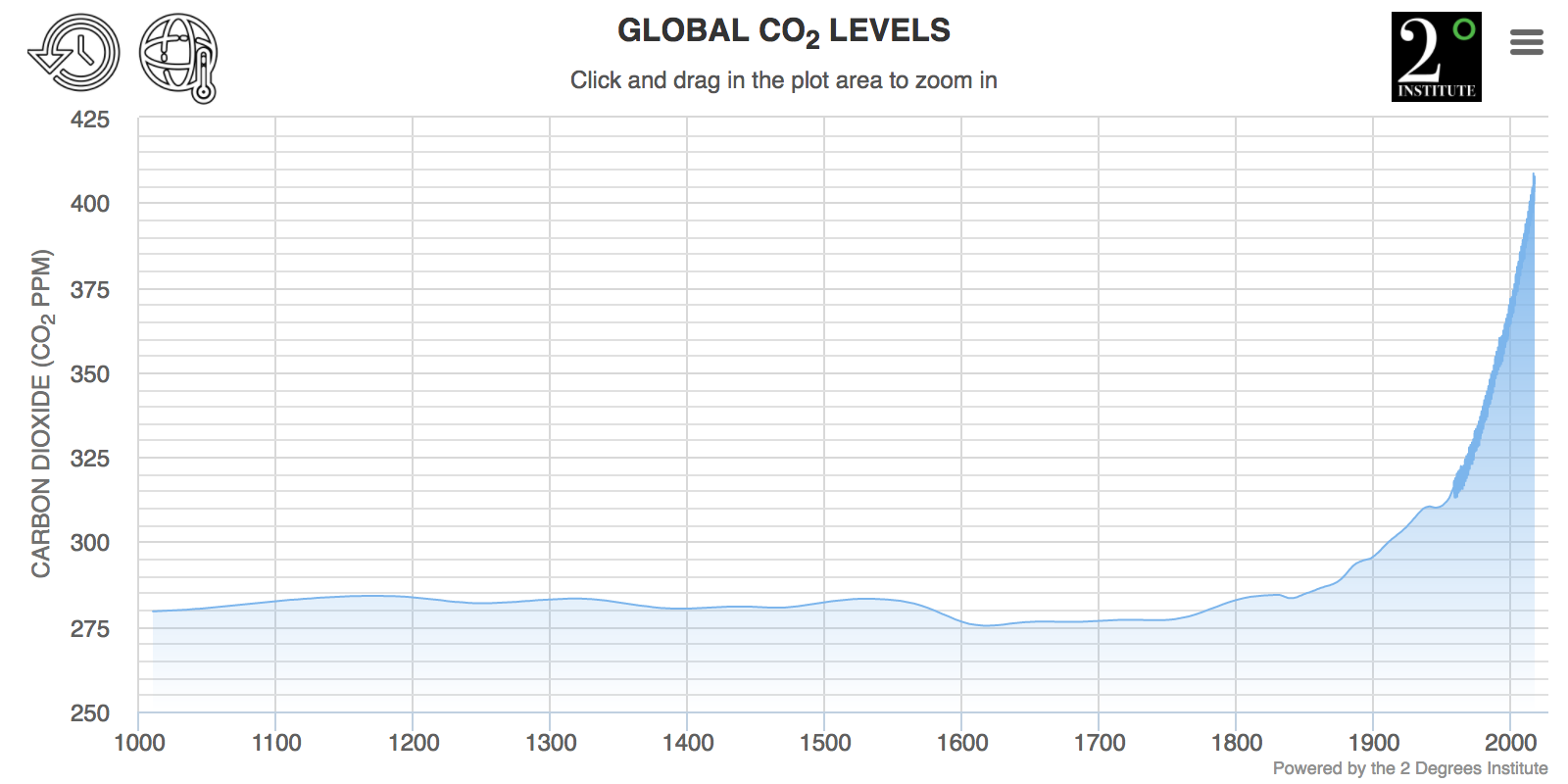

 The site of the former Shenango Coke Works in Pittsburgh. Photo by Jon Dawson/Flickr (CC BY-ND 2.0)
The site of the former Shenango Coke Works in Pittsburgh. Photo by Jon Dawson/Flickr (CC BY-ND 2.0) The Atlantic Ocean has been locked in a severe marine heat wave for more than two weeks. Newfoundland coast by Michel Rathwell / Wikipedia
The Atlantic Ocean has been locked in a severe marine heat wave for more than two weeks. Newfoundland coast by Michel Rathwell / Wikipedia